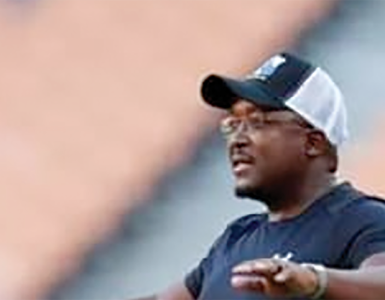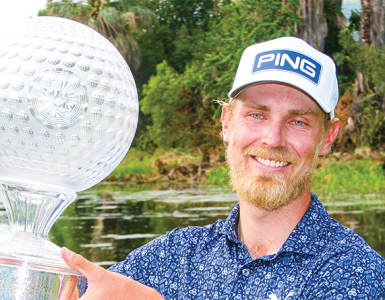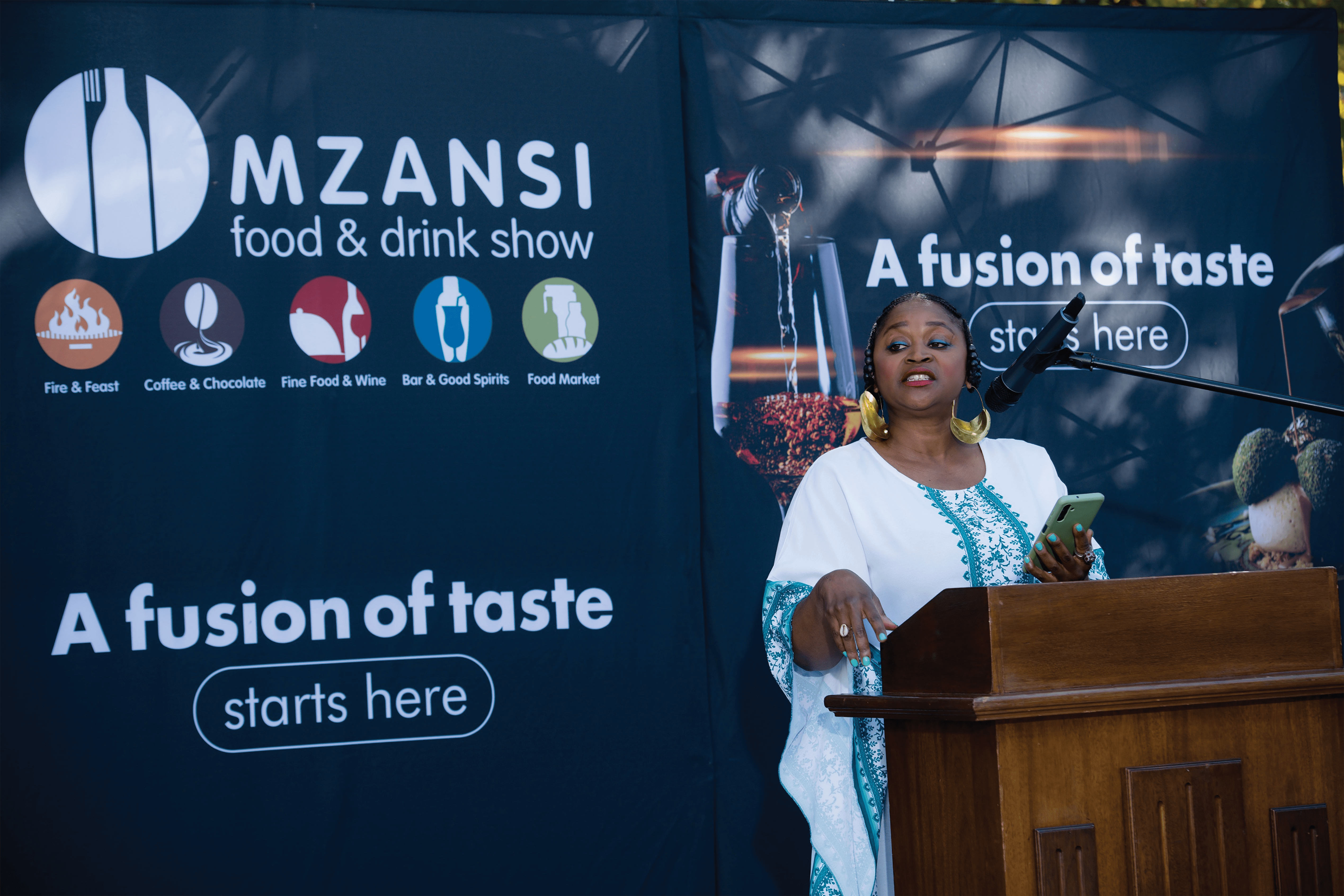POSITIONING: Unbeaten outdoors so far this year Akani Simbine opens up about the art of relay running
By Sports Reporter
“First and foremost, it’s team camaraderie,” says Akani Simbine when asked about the art of relay running. “If a team actually get along, then they are able to make it work.”
After anchoring South Africa to men’s 4x100m silver at the Paris 2024 Olympic Games, Simbine returned to relay action at the World Athletics Re- lays Guangzhou 25 this past weekend (10-11 May), where he was joined by two of his teammates from that final in Paris – Bradley Nkoana and Bayanda Walaza.
The aim was to qualify for the World Athletics Championships in Tokyo in September and make another statement following that medal-winning performance in Paris, which they did in style.
“The big thing with the placing of the guys – everybody wants to be the anchor, because they feel like the anchor gets all the limelight,” he adds, explaining what makes a successful relay team. “But every position works with different strengths, and every athlete has different strengths. As a coach, when you’re putting together a team, it’s putting together the guys according to their strengths and not according to egos.
“You can have the fastest guys in the world at that time running, but if you don’t get the stick around, and you don’t have the guys in their best positions running, then it’s not going to work out.”
It worked out very well in Paris, where world U20 100m and 200m champion Walaza ran the first leg, Shaun Maswanganyi the second, Nkoana the third and Simbine the anchor to clock an African record of 37.57 and secure silver, just 0.07 behind champions Canada.
“It’s the camaraderie and everybody just wanting to be part of the team and starting to believe in a relay culture in South Africa,” explains Simbine, “because before that, we didn’t have a relay culture – it was always just ‘show up and run’. Now people are actually believing in getting medals and the importance of getting medals from the World Championships or from the Olympics, and making it a priority. That’s a big thing for us now.”
After two consecutive Olympic fourth-place finishes in the individual 100m, plus a fifth place in 2016 and one fourth- and two fifth-place 100m finishes at the World Championships, it was Simbine’s first global major medal.
“South Africa went crazy and went nuts for the medal,” he says with a smile. “I think it was also a big thing because of me getting a medal at a major championship – I was able to get a medal, but South Africa was also able to get a medal. That was a great thing. South Africa just loves relays now – it’s a big thing for the sport.”
Since then, Simbine has added a first major international individual medal to his CV as he claimed 60m bronze at the World Indoor Championships in Nanjing in March. He is also unbeaten outdoors so far this year – following his season opener in Botswana with Diamond League wins in Xiamen and Shanghai/Keqiao.
Having won in Botswana in 9.90, and followed that with 9.99 in Xiamen and 9.98 in Shanghai/Keqiao, Simbine has dipped under 10 seconds for 100m in each of the past 11 years.
And the 31-year-old believes that medal in Paris was just the start.
“It’s bringing a lot of momentum, the winning momentum,” he says. “It’s not like I didn’t have confidence, but I have more confidence in myself. I’m also at a place where I’m very content. I’m not making getting a medal my sole purpose – it’s more about perfecting the craft of running, perfecting the craft of sprinting, and trying to make it as best as I can.”
Though still early in the season, he is yet to lose so far, winning all three of his 100m outings this year, including his opening two Diamond League meetings.
And with the veteran star targeting a first ever World Athletics Championships podium in Japan in September, he promised the best is still yet to come.
Simbine said of his recent form: “I’m getting into my races, I’m winning my races and that’s all that needs to be done.
“I’m running well for the beginning of the season. This is not like a peak. “Once I get into June, I’ve been training well, and I can build up to August and September.”
But it isn’t just short-term success that Simbine has on his mind, who is targeting one final Olympics bid at the 2028 Games in Los Angeles, which would see him compete at the age of 34.





























